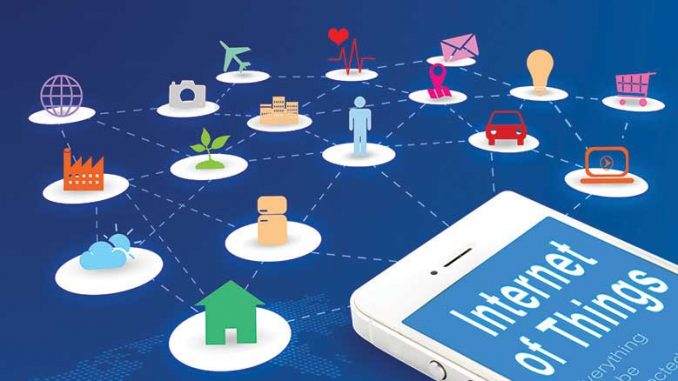
High transmission and distribution losses in the power sector have put discoms in a vulnerable financial position. The power sector is gradually transforming from being a producer monopoly in a localised market with unidirectional flow of power to a more consumer-centric market with decentralised generation and bidirectional flow of power. Also, a new category of prosumers is emerging in the power market, blurring the line between consumers and producers.
To enable decision-making in such a dynamic environment, it is important to have a network wherein information and data can be procured from the consumer end. Further, this data, which is complex, voluminous, high velocity and varied, needs to be analysed to produce precise results. Internet of things (IoT) is an emerging technology that is helping discoms in real-time monitoring and enabling situational awareness, intelligence, control and security to transform the grid into an intelligent cyber-enabled grid, which is more efficient, secure, reliable, resilient and sustainable.
IoT applicability and benefits
IoT enables the collection, processing and use of acquired information for better decision-making. It is about making devices interact smartly. IoT is finding varied applicability in the power distribution segment, in terms of substation automation, distribution automation, asset performance management, supervisory control and data acquisition (SCADA)/advanced distribution management system/distribution management system, advanced metering infrastructure (AMI), etc. For instance, earlier, breakdown or preventive maintenance was done predominantly after a certain time frequency. Now, utilities are moving towards predictive maintenance. Identifying the equipment suffering the maximum number of interruptions can lead to substantial savings in operations and maintenance expenditure. Further, operational optimisation has overtaken manual intervention in controls and is narrowing the gap between information technology and operational technology. Consumer-oriented applications are being developed for tracking energy consumption to make decisions in terms of network planning, maintenance, capex planning, etc. All in all, IoT implementation across discoms can improve the reliability of diagnostics by predicting faults and informing the utility to take timely preventive action.
Utility initiatives
Given that IoT is a relatively nascent technology, only a few Indian utilities have plans to leverage it so far. For instance, the Uttar Pradesh utilities are likely to adopt blockchain and IoT technologies with regulatory support. The Uttar Pradesh Electricity Regulatory Commission has proposed to use the technologies in renewable energy distribution and supply. Blockchain technology is likely to consist of a complex web of multiple transactions, which will not only balance the geographical mismatch between supply and demand but will also address it with utmost security and trust supported by IoT. In March 2018, the Andhra Pradesh government, in association with AutoGrid Systems Inc., launched an initiative to adopt smart grid and internet of things (IoT)-based solutions for improving the health of utilities and enhancing customer experience. The programme involves demand-side management (DSM), including agricultural pump sets and industrial units. The DSM solutions are expected to yield benefits of over Rs 10 billion per year. Notably, Andhra Pradesh Southern Power Distribution Company Limited is in the process of testing IoT technology to improve asset performance through pilot projects.
In April 2018, Tata Power launched an IoT-based smart consumer substation (CSS) in Mumbai. The solution, enabled by Tata Communications, will enable the team with an overview of such substations spread across different zones and monitor its distribution substations, which are spread out in the field. The solution would provide timely alerts on a visual dashboard on hand-held mobile devices to enable the field staff to proactively address any event.
Key challenges
There is a lack of understanding among utilities about the core aspects of IoT and its implementation as an innovative business model in the power sector. Cybersecurity standards are not developed in the distribution system. Since utilities own, operate and generate revenue by operating power resources, they should seek and fund cybersecurity solutions for ensuring equipment and electricity availability. The IoT ecosystem requires interoperability for creating seamless programmability in the devices or sensors that enhance the experience. However, seamless connectivity will be a major challenge in the future since IoT is still at a nascent stage.
In sum, although there have been encouraging developments in data analytics and other digital infrastructure to monitor distribution networks, there is still a long way to go in terms of usage and adaptability. With new technologies such as IoT, it is imperative for utilities to rethink not just their technology strategy but also their operational strategy.
